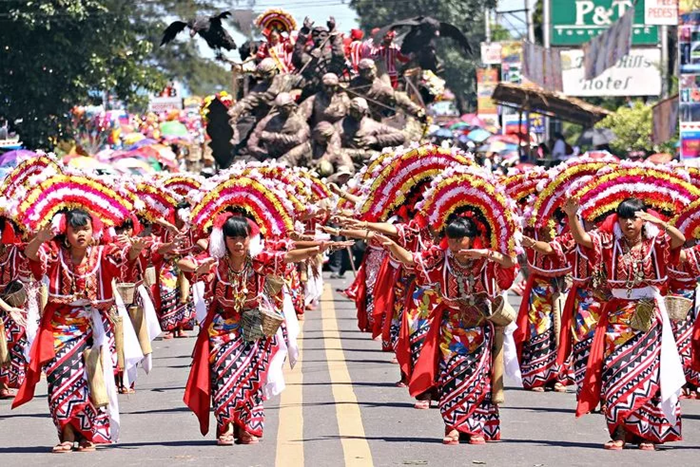The Philippines is home to about 100 nationalities and ethnic groups speaking numerous languages and dialects. Today, the official languages of the country are English and Filipino.
The traditional occupation of the islanders since ancient times has been gathering, fishing, and farming. The main agricultural crop of the Filipinos is rice. The mountain rice terraces of Banaue, built more than two thousand years ago, are the oldest in the world and attract with their views no less than the Peruvian wonder of the world Machu Picchu.
The islanders’ dwellings were built high above the ground, on piles, the main materials for construction were wood, bamboo, and palm leaves. Pottery was used in the economy, and ritual ceramics were decorated with colorful ornaments.
As early as the 13th-14th centuries, lively trade and exchange of goods was carried out between China and the archipelago. Pearls of rare beauty were taken away from the islands.
Folk art was most expressed in theatrical musical and dance performances, in which men and women participated. Ceremonies were held to express respect to ancestors and deities – patrons of the home, fields and forests, sea and rivers.
Fairy tales and myths that characterize Philippine folklore are full of mystical characters: dragons and giant monkeys, insidious witches and vampires, creatures from the afterlife, sea monsters… And the stories, as expected, tell about the creation of the world, the origin of animals, plants and everything that exists. It is from Philippine fairy tales that you can learn why women do not have beards, how rice appeared and why there is a lunar eclipse.
The characteristic features of the people of the Philippines have been formed over the centuries, and today the inhabitants of the islands are known for their goodwill, non-conflict, respectful attitude towards others and gentle disposition.
